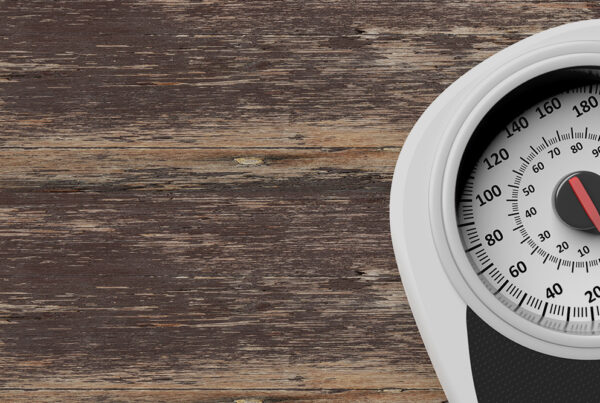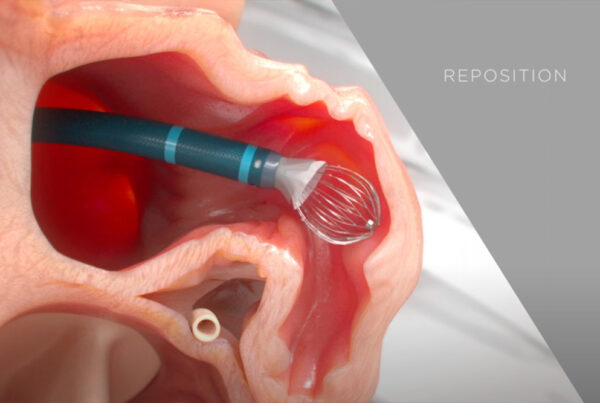Dr. Tony Das is an interventional cardiologist in Dallas, Texas, and a nationally-recognized expert in complex coronary and peripheral vascular interventional procedures. He agrees, “It’s imperative that we continue communication with our patients now.” Dr. Das is already an expert in the field of digital health. In November 2019, he founded Connected Cardiovascular Care Associates — the first US private cardiovascular practice dedicated to incorporating digital health with remote physiologic monitoring of chronic cardiovascular conditions for patients. Still, telehealth in the time of COVID-19 has held some surprises for him. “One of the things that I have found interesting and heartwarming is that when we’ve reached out to patients who only had testing scheduled without an office visit and said, ‘Hey, we just wanted to touch base with you to make sure you are doing OK. Would you like to schedule a telemedicine visit to just touch base?’ The overwhelming response is, ‘Absolutely; we’d love to catch up.’ And in fact, many of these patients have real medical problems they relayed such as high blood pressure or new cardiac symptoms that they would have ignored if we hadn’t reached out. This may explain the massive reduction in emergent heart attacks in emergency rooms. Patients are not just communicating the way they previously had. We originally thought maybe this would be a burden on patients to have to communicate when all they were coming in for was a follow-up for a test or something like that. But the response has been almost a hundred percent that they want us to communicate with them and that gives them a sense that they’re cared for,” he says.
“I would tell anyone who’s even considering telehealth, this is not the time to disengage with your patients. I think it’s a time to totally engage with them, even if it’s for a quick catch up, just to let them know that you’re there. We’ve found many, many patients who would have otherwise not followed up for an office visit who, when we get them on the phone, we say, ‘Okay, well, you know, you have a way of checking your blood pressure. What is it? Oh, it’s 200 over 100’ or, ‘you know, I just had an episode last night where I had weakness and slurred speech on one side, or by the way, my left leg is feeling cold.’
“We are hearing during televisits things that patients would have ignored that are critical problems that need to be addressed and evaluated that would have otherwise led to an emergency room visit. So I think the key here is that we’re picking up disease and, and suffering by just communicating with the patients, which is sort of the imperative right now.”
Getting started with telemedicine: what you need to know
Telehealth is an umbrella term for the delivery of health services and information using electronic methods. The term is sometimes used interchangeably with digital health. Telehealth, as many knows, was started in rural America, where patients had less access to a wide array of medical care. While telehealth encompasses telemedicine, research, disaster response, and administration, the term telemedicine relates to the delivery of remote clinical services. There are several methods for delivering clinical services remotely, including live or “synchronous” methods, where patient and physician speak in real-time through video conferencing tools; store and forward delivery method, where information is passed between providers or patient and provider for each to review in their own time; and lastly digital monitoring which is the use of digital technologies to collect health data from individuals in one location and electronically transmit that information to physicians and health care providers in a different location for assessment and recommendations. A related term here is mHealth, which is the use of mobile devices such as watches and smartphones in the collection of such data.
Telemedicine has been around for a long time. But the big difference since mid-March is that the rules of where the site has to originate from no longer apply, at least temporarily. It used to be that the patient had to be either in another physician’s office or in a rural area where they didn’t have access or in another clinic.
In an emergency declaration made March 17, 2020, the Centers for Medicare & Medicaid Services (CMS) said it would pay providers to care for Medicare beneficiaries for office, hospital, and other visits furnished via telehealth anywhere in the country and including a patient’s place of residence.
CMS also loosened the rules for HIPAA compliance. Before, where physicians could only use HIPAA compliant tools in the delivery of health services, now temporarily, CMS is allowing physicians also to use non-compliant tools such as Zoom, Skype, Google Duo, and FaceTime. (both Zoom and Skype can be made HIPAA compliant through the use of what is known as a Business Associate Agreement (BAA). However, at this time, physicians are permitted to use these tools even without a BAA in place).
Physicians will find no shortage of video conferencing tools. In addition to the applications mentioned above, frequently, most electronic health record (EHR) programs, contain tools dedicated to the use of telemedicine, Dr. Das points out. “They aren’t turned on and for many systems, they haven’t been needed until more recently,” he says. “The system that we use– called eClinical Works– has a module for that. Others also have modules that have been used for a small fraction of patients over the last several years, until the recent changes in CMS guidelines.”
Beyond virtual consultations
According to Dr. Das, there are over 120 telehealth companies that are out there. “You have to try to get, not just the communication platform in place, but also the audiovisual, and then add pieces of the examination if possible, into the visit to make it meaningful. And that’s what we’re working on now is trying to identify physiologic things that we would otherwise check in the office and try to do them through a remote system. That’s part of what our challenge is now.”
Telemedicine landscape for vascular specialists
There are “digital health” tools for vascular specialists today, and “they’re evolving in their overall complexity and in how unique they are to either arterial or venous disease,” says Dr. Das. “Every physiologic parameter you can imagine has a surrogate in telemedicine. If I want to know someone’s heart rate or heart rhythm, I can listen to someone with a stethoscope, or I can give them a wearable that might be able to do that. If I’m talking about arterial and venous disease, there are things that we do in the office, such as arterial Dopplers and venous duplexes. But there are also telemedicine technologies that are out there that are digital. For instance, there’s a pair of socks that you can put on somebody that can tell if there are hot spots in their foot, and you can identify diabetic foot ulcers before they occur.
“There are other things that look at venous insufficiency by way of volume flow in the legs that are in development. Some of these digital projects are still in development. But ultimately, there will be a digital equivalent of the thing that you do in the office that patients will be able to utilize to identify either venous or arterial insufficiency or other cardiac conditions.
There are already telemedicine platforms for podiatry. Wound care technologies exist, such as Carepics and projects like that.
There’s going to be a whole strategy of what’s the digital equivalent of what we’re doing in the office, not only for cardiovascular disease but for arterial, venous, and really every other specialty that you can think of.”
For more on cardiology during COVID-19, see Dr. Tony Das and colleagues in this Webinar from Texas Heart Institute
Excerpt from original article here ›






